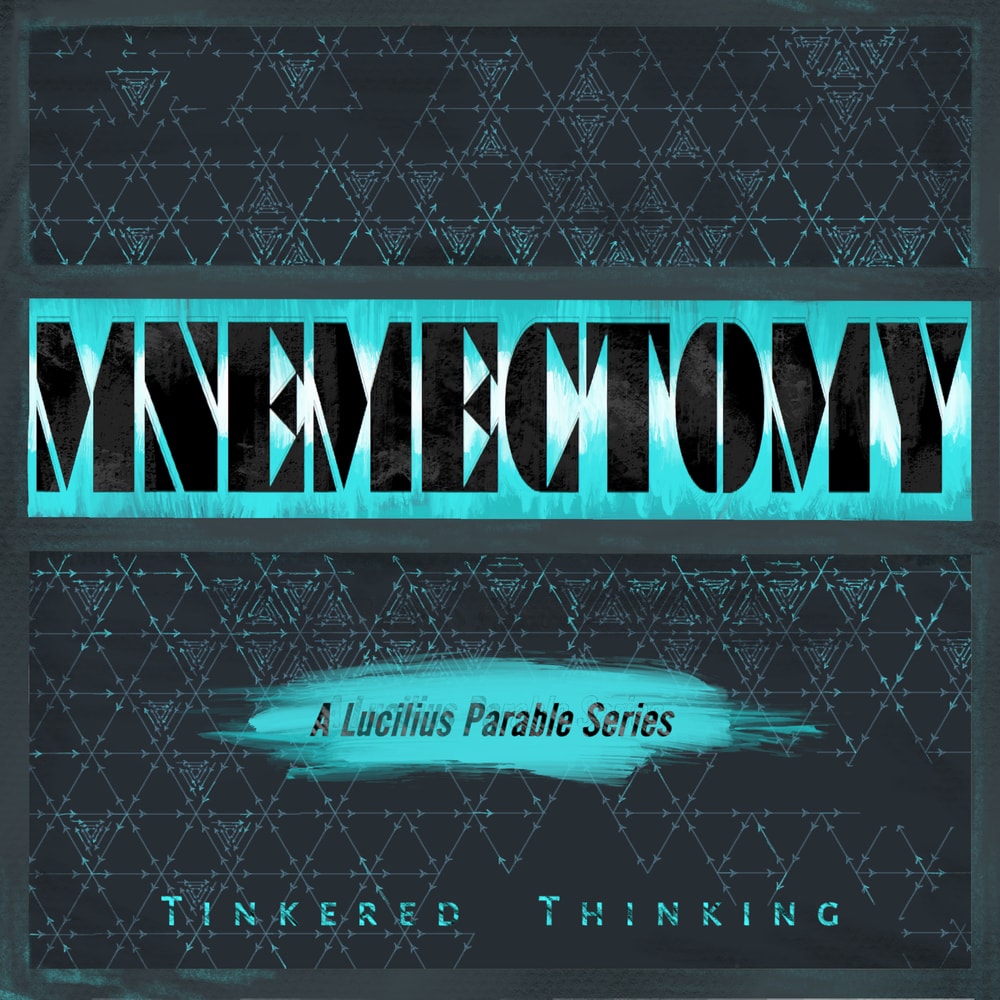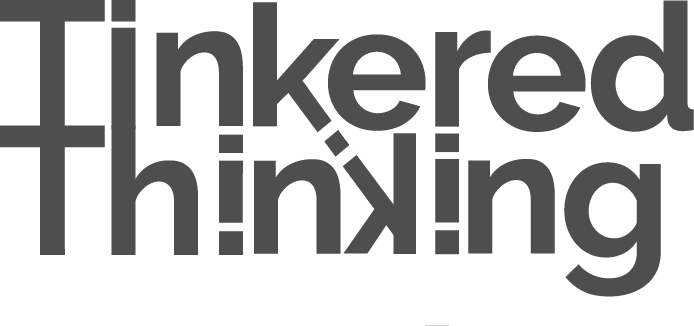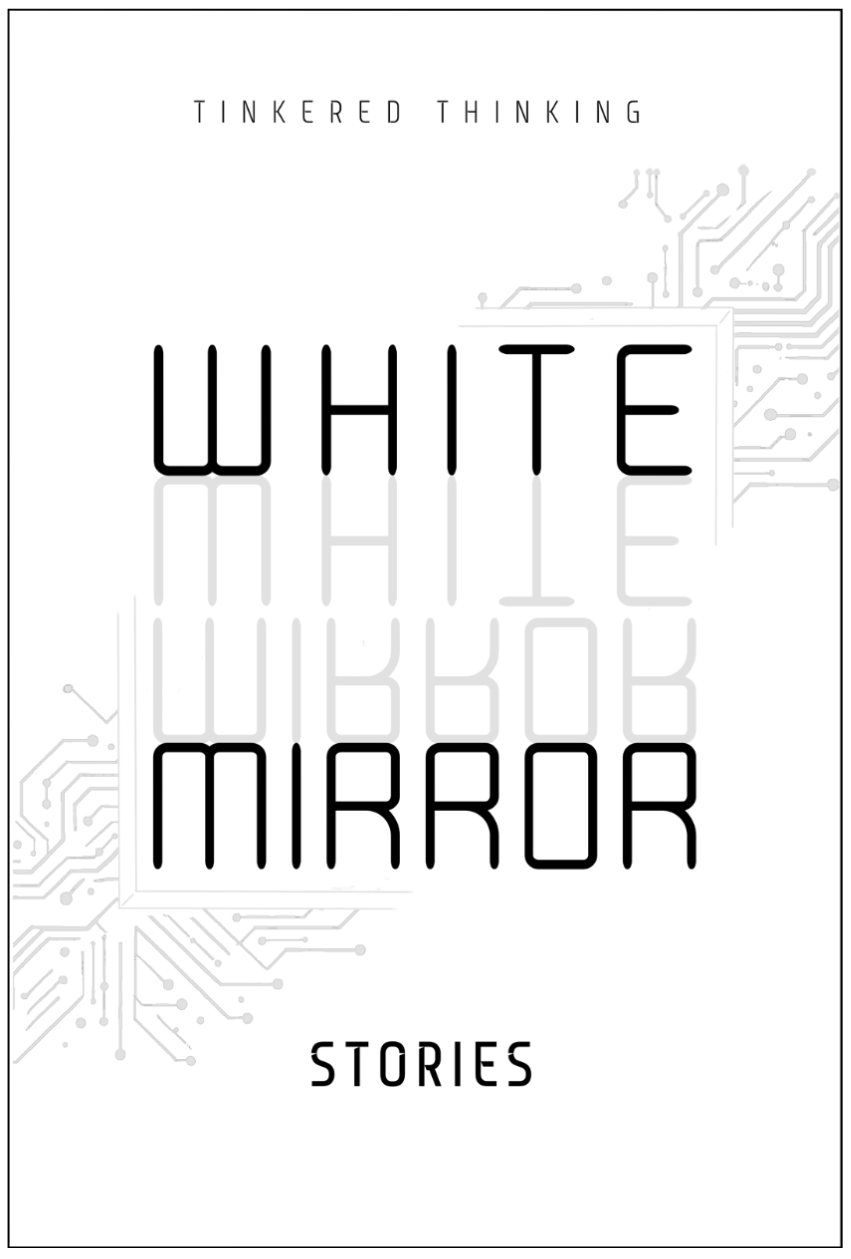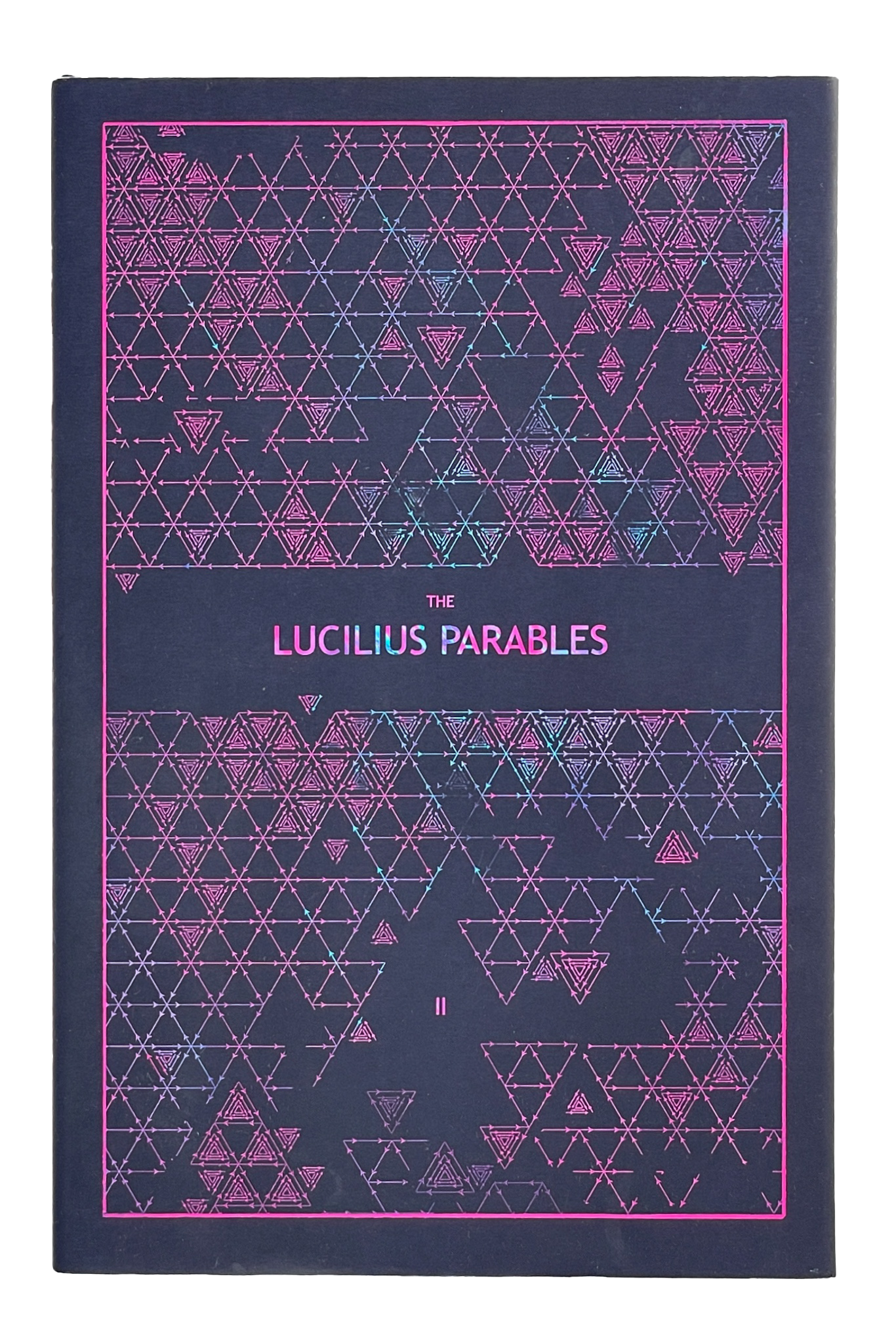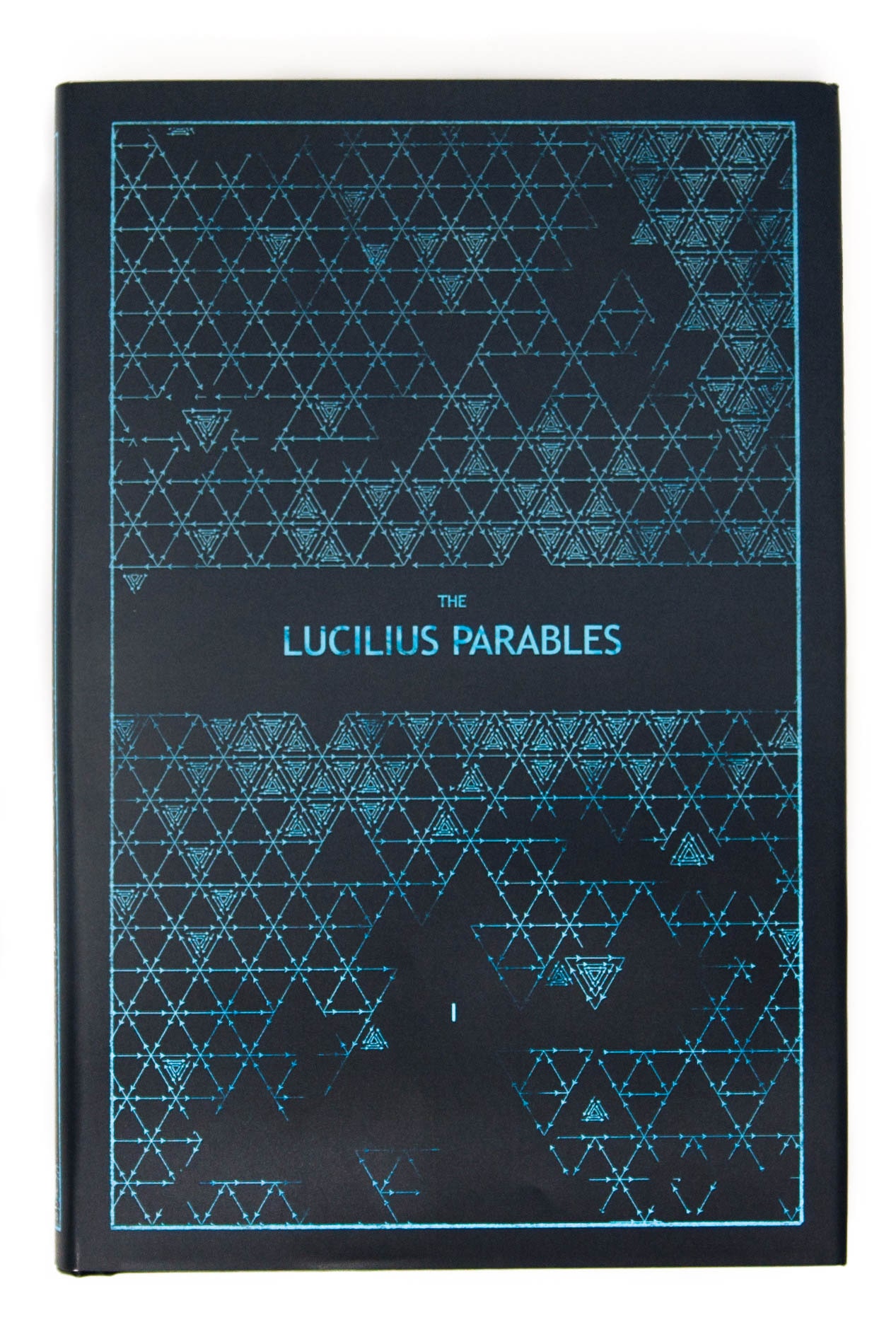Daily, snackable writings to spur changes in thinking.
Building a blueprint for a better brain by tinkering with the code.
subscribe
rss Feeds
SPIN CHESS
A Chess app from Tinkered Thinking featuring a variant of chess that bridges all skill levels!
REPAUSE
A meditation app is forthcoming. Stay Tuned.
FOCAL LENGTH
September 5th, 2020
This episode is a response to a post by Josh Duffney who recently published Become Ansible, you can with Josh on Twitter with the handle @joshduffney, and you can check out his writing and work at duffney.io
Is there anything more satisfying than a deep conversation with a close friend? Perhaps, but this experience is certainly quite high on the list of peak experiences that make life worth living. The engagement feels almost automatic, as though we’ve been seduced. Our focus is on point, the rest of the world has fallen away and our responses aren’t forced or worried, they feel like natural and fluid reactions to the words of our company, virtuously welcomed from the ether of thought. There are two important aspects of this lovely experience that are best illuminated by questions:
Where is the rest of the world during these conversations?
&
Can we force this experience to happen?
Focal length is an optical system that is usually only a concern for photographers, cinematographers, astronomers and those who design microscopes. A simple description compares short focal length and long focal length. If the focal length is short then we have a very wide view, like a panoramic photo. If the focal length is long, then our focus is very narrow like when we bring the diamond ring very close to our face in order to study its tiny details.
Focal length isn’t just a description of of something having to do with camera lenses and pictures. It’s a description of our attentional field. Just consider the difference in terms of our attention when we look at a huge sprawling panoramic photo of a mountain scene that stretches across the entire wall and a super-zoomed in close up of say, a hair follicle. This difference is easy to point out with language because language suffers and benefits from the same phenomenon. We need only ask: what’s the specific subject of each photo? With the hair follicle, the answer is easy - the subject is a hair follicle. But with the mountain scene? What’s the specific subject on display? Well a panorama is by definition not specific. The purpose is to give us a much wider view in order to show us many things together.
Another important difference between short and long focal length has to do with context. It’s possible to have such a zoomed in photo that you can’t even tell what you’re looking at. It lacks the wider context of a larger environment. Panoramas on the other hand offer the opposite: they display the context of many specific things in a wider shared context.
That intense, deep conversation with a good friend is a natural example of long attentional focal length. Our focus is zoomed in, narrow, and delightfully so. An example of short attentional focal length would be perhaps a party or a big dinner party at a restaurant where our focus has a buffet of topics and subjects to feast on.
Technologies like zoom, email, text, direct message… all of these force upon our minds a long focal length, meaning the subject of our experience is narrow, specific and this obligates intensity. Juxtapose the effect of these technologies to something like the experience of that party with dozens of people, or being at a beach on a sunny summer day. The “attentional” focal length of such experiences is much shorter - we have the freedom of a much wider perspective. We aren’t forced to be on point regarding just one point. Our attention is allocated more breathing room. There is more to take in and this expansion of material seems to free us up psychologically. Unlike a zoom call where the only thing to focus on is the tightly framed talking head of another person. The focal length of the technology is attempting to force an intensity from us that we only occasionally come across and exercise, and is perhaps something that can’t or shouldn’t be forced. . . at least not without discomfort and stress.
It would be interesting to see if people found zoom and Skype less stressful if all parties where also privy to a wider attentional experience. What would this look like in practice? Let’s say you have a zoom call with a colleague but both of you also open up another window which is the same live view of some remote natural setting, like a camera in Antarctica displaying waves lapping up against the icy shore. This wouldn’t be a distraction because there’s nothing really going on, but it would widen the attentional focal length of the situation. Both parties wouldn’t feel obligated to look at each other’s face 100% of the time, and in the absence of eye contact, neither would likely feel ignored because both parties know what the other would be looking at, i.e. the live feed of the natural setting. This phenomenon happens constantly and naturally in a setting where we are actually with one another. If we are sitting around a table in a restaurant and someone looks away for a moment or two, we have no reason to worry, principally because we have the option to turn around and also look at the object of their attention. There is something fundamentally unnerving about someone else’s attention being directed elsewhere in a direction and to a specific topic that is unavailable to you. Especially when it is communicated by eye movement, and how exactly do we register eye movement?
There’s some powerful theory and thinking behind the potential reasons why we’ve developed sclera - or the white of the eye. The movement of the pupil decreases the amount of white space above or below or to the right or left of the pupil, and this tiny piece of information in a person’s face is extremely important for our tribally evolved brains. If everyone is looking in a certain direction, we can tell, and we have a huge incentive to look in the same direction so that we can be on the same mental page as the rest of the tribe.
Conversely, there is a very real type of automatic intensity that occurs when we can see a person’s pupil is centred. This is easy to evoke: just try looking a stranger straight in the eyes. Not only is it difficult to do, but it’ll most likely unnerve that person… and technologies like zoom essentially force this experience… at least far more than is called for in a social or group setting, or even a shared setting of just two people sitting in a coffee shop or office, which automatically offers more of a panoramic effect or shorter attentional focal length due to the fact that it isn’t constrained by the four edges of a window on a computer screen.
On a regular basis, attentional focal length is something that we toggle constantly. It varies as we zoom out to take in the whole context of a situation and then we zoom in to do some deep work. The infant stages of our communication technologies have not yet evolved to take this natural variance into consideration.
Perhaps technological advancements in Virtual Reality will alleviate these pressures. But in the time being, an easy hack might be to send someone a link to a harmless live feed that both can enjoy.
Hey, do you mind if we watch this live feed of these bald eagle chicks while we talk?
Perhaps it’s a silly idea, but silly often has on offer a lot less stress. Isn’t that the point?
-compressed.jpg)
